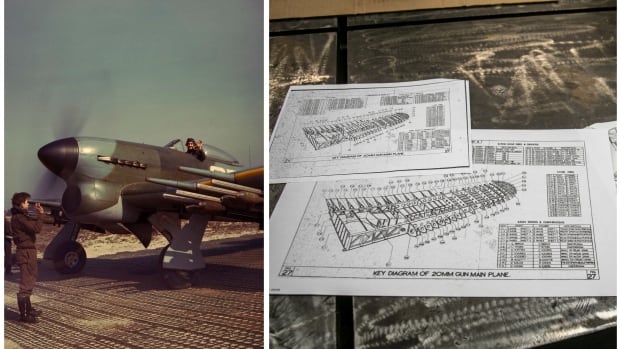fubar57
General

A B.C. group is painstakingly rebuilding a WWII aircraft so it can take to the skies again | CBC News
A group on Vancouver Island that is painstakingly rebuilding a rare Typhoon fighter-bomber recently acquired a key component that they hope will help the Second World War-era aircraft take flight.


